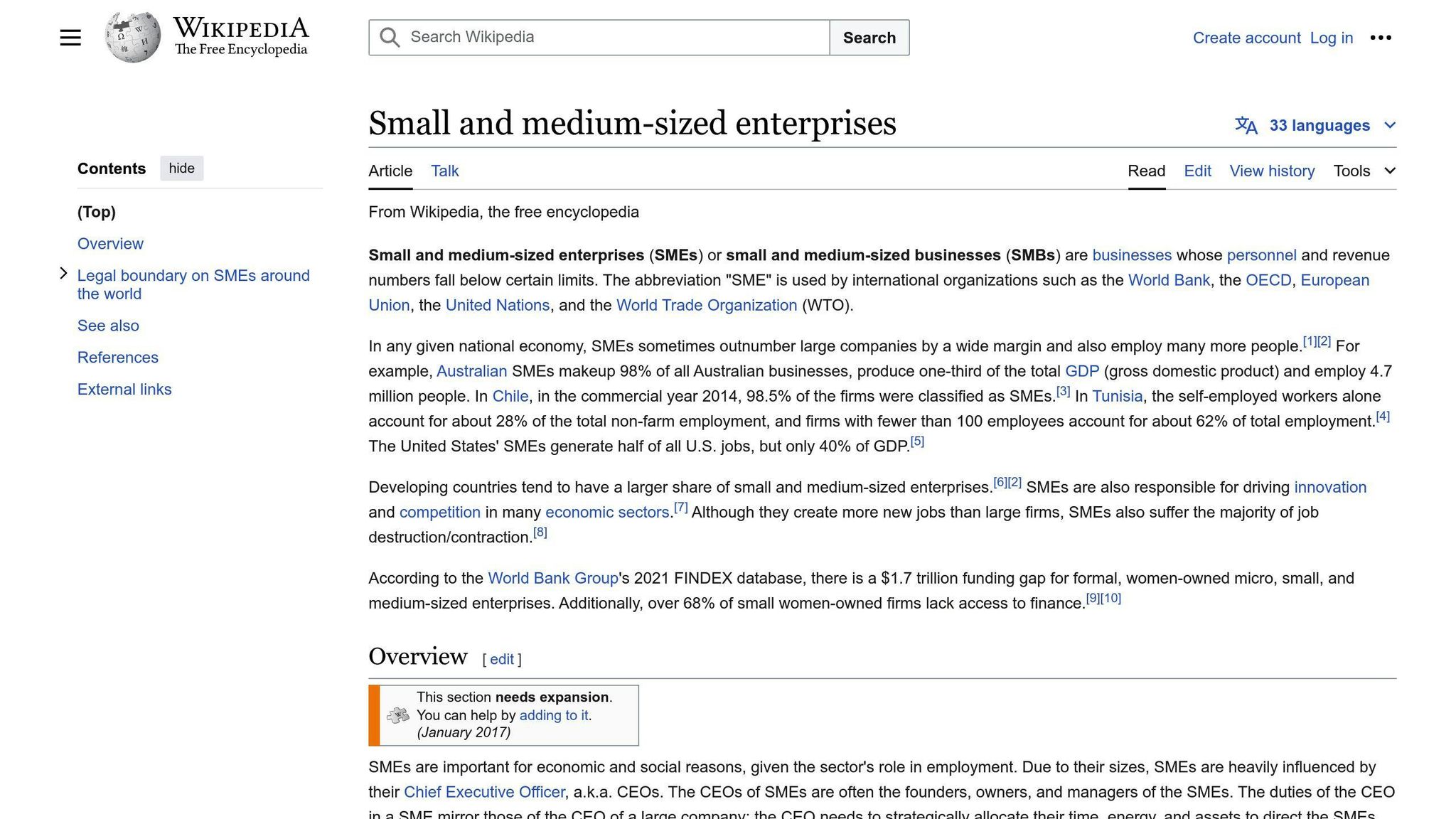RPA (Robotic Process Automation) automates repetitive tasks using software robots. While some fear RPA will replace human workers, the reality is that RPA augments human capabilities and frees employees to focus on higher-value work.
Here are the 5 myths about RPA's impact on jobs, debunked:
-
RPA Will Replace Human Workers
- Myth: RPA will fully automate jobs and replace human workers.
- Fact: Only 5% of occupations can be fully automated with current technology. 60% of jobs have tasks that can be partially automated.
-
RPA is Only for Large Corporations
- Myth: RPA is too expensive and complex for small and medium enterprises (SMEs).
- Fact: RPA solutions are scalable and affordable for SMEs, with flexible deployment options like cloud-based RPA, in-house development, or managed services.
-
RPA Implementation is Time-Consuming and Expensive
- Myth: Implementing RPA is a lengthy and costly process.
- Fact: With proper planning, prioritization, and guidance from RPA vendors, the implementation process can be streamlined and cost-effective.
-
RPA is Limited to Simple, Repetitive Tasks
- Myth: RPA can only automate basic, repetitive tasks.
- Fact: RPA can handle complex tasks requiring human-like intelligence, judgment, and decision-making, such as data extraction, fraud detection, and personalized customer support.
-
RPA is Not Secure
- Myth: RPA bots pose significant security risks by accessing sensitive data.
- Fact: Robust security measures like role-based access control, data encryption, and secure bot development can mitigate RPA security risks.
In summary, RPA is not a job killer but a technology that can enhance productivity, job satisfaction, and competitive advantage for businesses of all sizes.
| Myth | Fact |
|---|---|
| RPA will replace human workers | RPA augments human capabilities |
| RPA is only for large corporations | RPA is accessible and beneficial for SMEs |
| RPA implementation is time-consuming and expensive | With proper planning, RPA implementation can be streamlined |
| RPA is limited to simple tasks | RPA can handle complex tasks requiring human-like intelligence |
| RPA is not secure | RPA security risks can be mitigated with robust measures |
Related video from YouTube
1. RPA Will Replace Human Workers

This myth is not entirely true. While RPA will automate certain tasks, it won't replace human workers entirely. According to McKinsey, only 5% of occupations can be fully automated using current technology, and 60% of occupations have at least 30% of activities that could be automated.
Here's what this means:
| Occupation | Automation Potential |
|---|---|
| Fully automated | 5% |
| Partially automated | 60% |
In reality, RPA will transform jobs, removing repetitive tasks and freeing up workers to focus on more interesting and creative aspects of their work. By monitoring and managing the robots that perform the repetitive tasks, employees can develop new skills and take on more strategic roles.
For example, an accounting clerk may spend their day:
- Entering transactions
- Processing payments
- Generating monthly reports
RPA could automatically handle transaction data entry and report generation, allowing the clerk to focus on higher-value tasks like payment processing and monthly close analysis. This increases productivity, reduces the risk of errors, and improves job satisfaction.
In summary, RPA is likely to lead to a more satisfied and engaged workforce, delivering more meaningful value and solutions.
2. RPA is Only for Large Corporations
This myth is simply not true. RPA is accessible and beneficial for businesses of all sizes, including small and medium enterprises (SMEs).
RPA Solutions for SMEs

Many RPA vendors offer solutions that are scalable and affordable for SMEs. These solutions allow businesses to start small by automating specific processes or departments, and gradually expand their RPA capabilities as needed.
Flexible Deployment Options
SMEs have several deployment options to choose from:
| Deployment Option | Description |
|---|---|
| Cloud-Based RPA | Pay-as-you-go model, reducing upfront costs and infrastructure requirements |
| In-House Development | Build an internal RPA team for customized automation |
| Managed Services | Partner with RPA managed service providers, outsourcing the entire automation process for a fee |
RPA Use Cases for SMEs
RPA can automate a wide range of tasks and processes across various departments in SMEs, including:
| Department | Processes |
|---|---|
| Finance & Accounting | Invoice processing, data entry, reconciliations |
| Human Resources | Onboarding, time-off requests, benefits administration |
| Sales & Marketing | Lead management, customer experience management |
| IT & Operations | Help desk, user provisioning, infrastructure monitoring |
By automating these repetitive and time-consuming tasks, SMEs can increase efficiency, reduce costs, and improve customer satisfaction, enabling them to compete more effectively with larger corporations.
In summary, RPA is not exclusive to large enterprises. With flexible deployment options, scalable solutions, and a wide range of applicable use cases, SMEs can leverage the power of RPA to streamline operations, boost productivity, and drive growth.
sbb-itb-3a330bb
3. RPA Implementation is Time-Consuming and Expensive
This myth is far from the truth. While RPA implementation requires an initial investment of time and resources, the benefits can be substantial and long-lasting.
Assessing Business Processes
Before implementing RPA, it's essential to identify areas that can be automated. This involves understanding the current workflows, identifying pain points, and determining the feasibility of automation. This step may take some time, but it's crucial for successful RPA implementation.
Creating a Detailed RPA Implementation Roadmap
A well-planned RPA implementation roadmap can help you stay on track and ensure a smooth transition. This roadmap should outline the automation goals, timelines, and resources required for each stage of the implementation process.
Prioritizing Automation Candidates
Not all processes are created equal. Focus on high-impact processes that will bring the most significant benefits to your organization.
Leveraging RPA Vendors and Partners
Don't try to go it alone. Seek guidance from RPA vendors and partners who have experience in implementing RPA solutions. They can provide valuable support and resources to help you navigate the implementation process.
| Implementation Step | Description |
|---|---|
| Assessing Business Processes | Identify areas that can be automated |
| Creating a Detailed Roadmap | Outline automation goals, timelines, and resources |
| Prioritizing Automation Candidates | Focus on high-impact processes |
| Leveraging RPA Vendors and Partners | Seek guidance from experienced partners |
By following these steps, you can minimize the time and cost associated with RPA implementation and maximize the benefits of automation. Remember, RPA is an investment in your organization's future, and the returns can be substantial.
4. RPA is Limited to Simple, Repetitive Tasks
This myth is not true. RPA can automate more than just simple, repetitive tasks. It can handle complex, high-volume tasks that require human-like intelligence, judgment, and decision-making.
RPA Can Handle Complex Tasks
RPA bots can perform tasks that require advanced cognitive abilities, such as:
- Data extraction and processing: RPA bots can extract data from unstructured sources and process it into a machine-readable format.
- Decision-making: RPA bots can be programmed to make decisions based on complex rules and algorithms.
- Task automation: RPA bots can automate tasks that require human-like judgment.
Real-World Examples of Complex RPA Implementations
| Industry | Complex RPA Implementation |
|---|---|
| Healthcare | Analyzing medical images, diagnosing diseases |
| Finance | Detecting fraud, automating accounting processes |
| Customer Service | Providing personalized customer support, resolving complex issues |
By leveraging advanced technologies, RPA can automate complex tasks that were previously thought to be the exclusive domain of humans.
5. RPA is Not Secure
RPA security is a common concern, but it's often exaggerated. While RPA bots can access and process sensitive data, this doesn't mean they're inherently insecure. In fact, RPA can enhance security by reducing the risk of human error and increasing auditability.
Common RPA Security Risks
There are several security risks associated with RPA, including:
| Risk | Description |
|---|---|
| Privileged access abuse | RPA bots may be granted excessive privileges, allowing them to access sensitive data or systems without proper authorization. |
| Data leakage | RPA bots may accidentally or intentionally leak sensitive data, either through unauthorized access or data transfer. |
| System vulnerabilities | RPA bots may exploit system vulnerabilities, allowing hackers to gain access to sensitive data or systems. |
Mitigating RPA Security Risks
To mitigate these risks, businesses can implement robust security measures, such as:
| Measure | Description |
|---|---|
| Role-based access control | Limiting bot access to sensitive data and systems based on their role and responsibilities. |
| Data encryption | Encrypting sensitive data to prevent unauthorized access or leakage. |
| Regular security audits | Conducting regular security audits to identify and address vulnerabilities. |
| Secure bot development | Developing bots with security in mind, using secure coding practices and testing for vulnerabilities. |
By implementing these measures, businesses can minimize the risk of RPA security breaches and ensure the secure automation of their processes.
Summary
In this article, we've explored five common myths about the impact of Robotic Process Automation (RPA) on jobs. By looking at the facts, we've shown that RPA is not a job killer, but rather a technology that can enhance and support the human workforce.
RPA can free up employees from mundane, repetitive tasks, allowing them to focus on more strategic and creative work. This can lead to improved job satisfaction, increased productivity, and better quality of work.
Moreover, RPA can create new job opportunities in areas such as RPA development, implementation, and management. By embracing RPA, businesses can stay competitive, improve efficiency, and drive innovation.
It's time to change our perspective on RPA and recognize its potential to transform the workforce for the better. By doing so, we can unlock the full potential of RPA and create a brighter future for employees and businesses alike.
| RPA Benefits | Description |
|---|---|
| Improved job satisfaction | Freeing up employees from mundane tasks |
| Increased productivity | Focusing on more strategic and creative work |
| Better quality of work | Enhancing the overall quality of work |
| New job opportunities | Creating jobs in RPA development, implementation, and management |
| Competitive advantage | Staying competitive, improving efficiency, and driving innovation |
By understanding the facts about RPA, we can harness its power to create a more efficient, productive, and innovative workforce.


